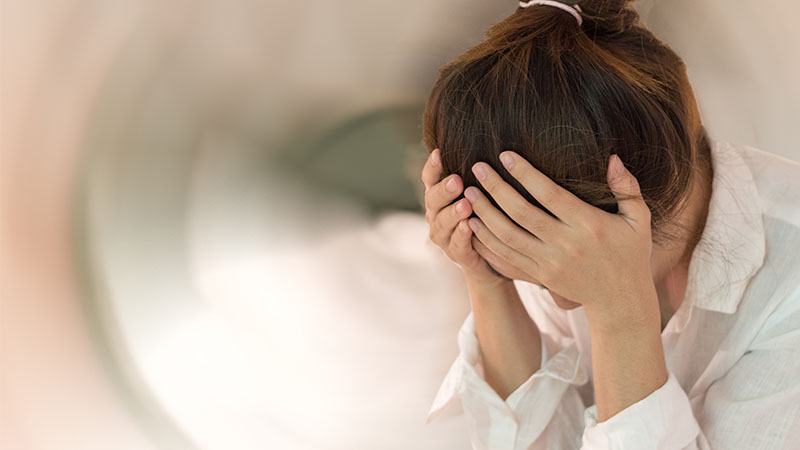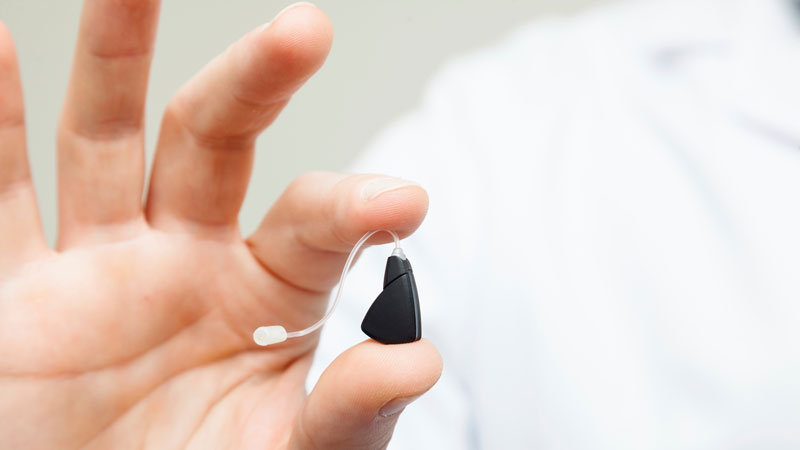Causes and Diagnoses
Causes and Diagnoses of Ménière's Disease
Ménière's Disease is caused by the build-up of excess endolymph fluid in the membranous labyrinth in the inner ear.
Endolymph occurs naturally in the labyrinth, where it moves in response to our body and head movement. Nerve receptors in the labyrinth send signals about that movement to the brain. When the endolymph fluid builds up, it interferes with the signals, causing problems with both balance and hearing.
The fluid may build up in response to one or more of these factors:
- Allergies
- Viral infection
- Blockage of the normal draining system
- Autoimmune response
- Head injury
- Migraine
- Genetics
Diagnosing Ménière's Disease
Diagnostic tests for dizziness and balance disorders may include:
- Hearing evaluation: This will help to detect if your dizziness is accompanied by hearing loss.
- Imaging: X-rays, CT scans and MRIs can detect if there are structural problems with your inner ear.
- Nystagmography tests: These tests document your ability to track moving objects or your own movement with your eyes.
- Computerized dynamic posturography: This test measures your ability to maintain your balance on a moving platform inside a booth.
- Rotational chair: This test is administered in the dark to measure how your eyes move in response to movement when there are no visual cues.
- Videonystagmography (VNG): This test evaluates your ability to keep your eyes focused on a single spot when warm and cool water or air are introduced into your ear canal. Sensors in your ear are linked to the muscles that control eye movement.


